The ISI Florence Guide | Listing the Best Picks of the Month to Explore the City at its Best.
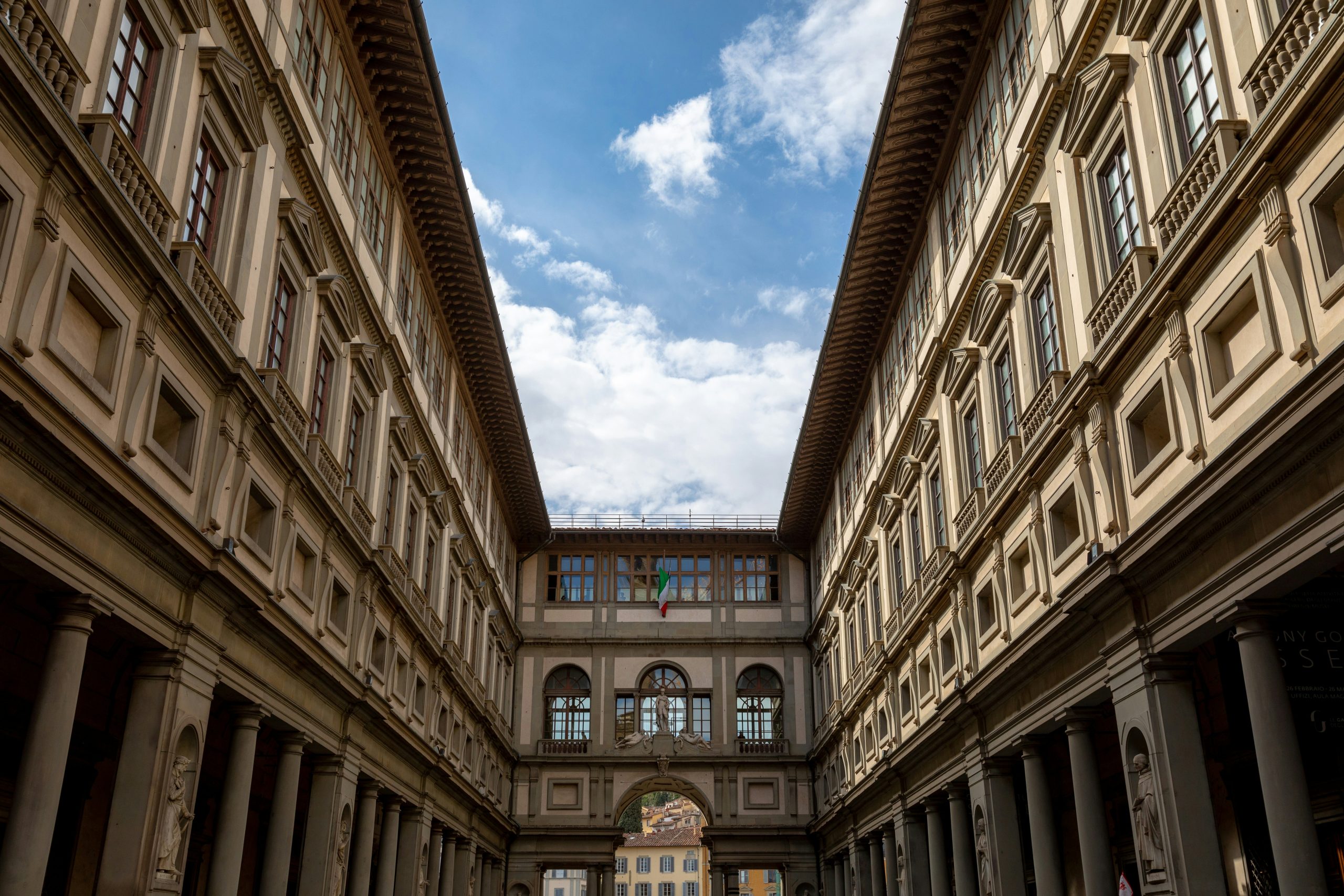
DOMENICA AL MUSEO: FREE ENTRANCE TO MUSEUMS
When: Sunday, September 1 – all day
Take advantage of free entrance to a selection of museums:
Galleria degli Uffizi, Galleria dell’Accademia, Museo delle Cappelle Medicee, Palazzo Pitti, Museo Nazionale del Bargello, Palazzo Davanzati, Museo Archeologico Nazionale, Casa Martelli, Museo di Orsanmichele, Villa Medicea di Castello, Villa il Ventaglio, Villa Corsini, Villa Medicea della Petraia.
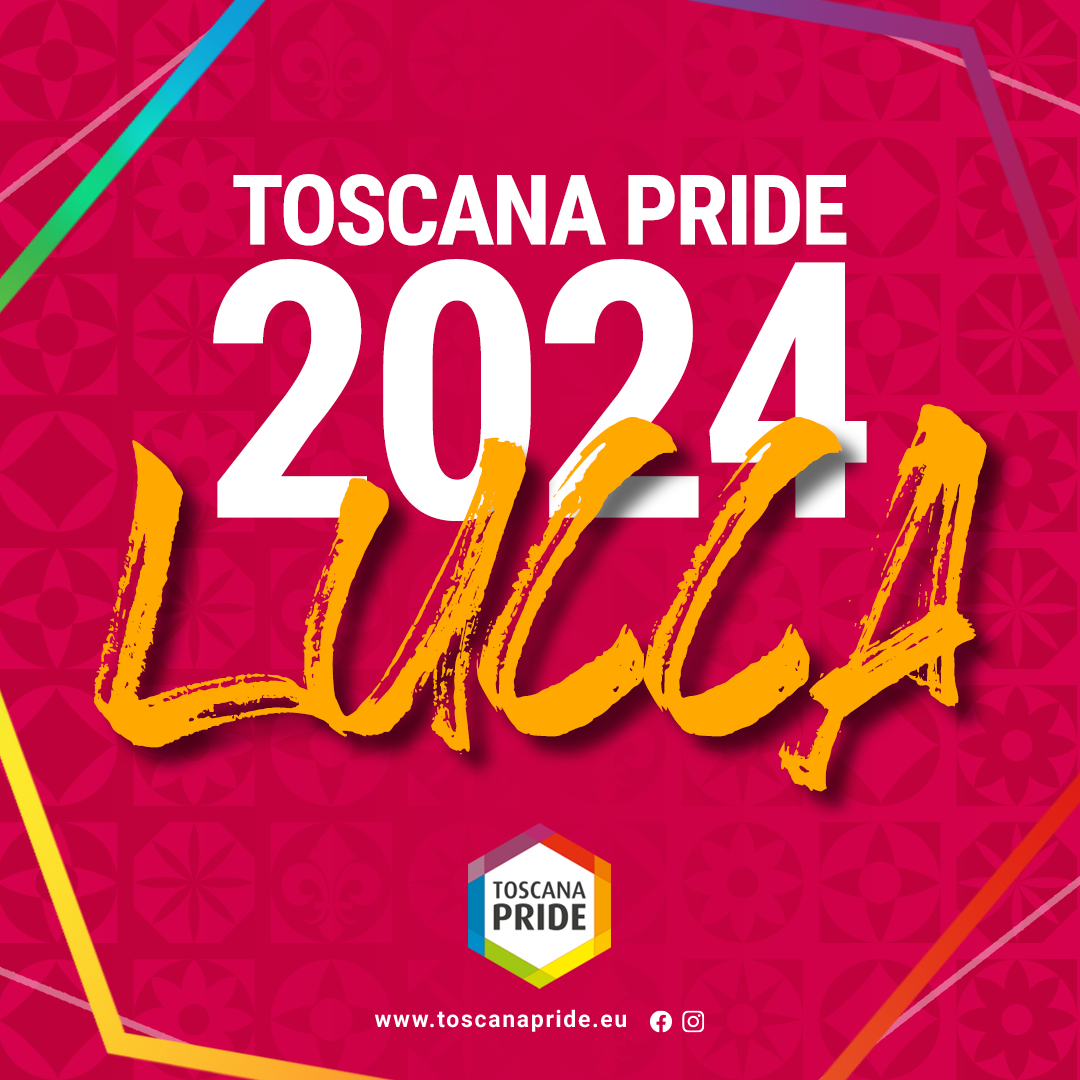
TOSCANA PRIDE 2024
The 2024 edition will take place in Lucca! This pride event is organized by LGBTQIA+ (lesbian, gay, bisexual, transgender, queer, intersex, asexual and more) associations. In the past 8 years, Toscana Pride has seen over 100,000 people marching. Join queer Florentines and allies in the march, the event is open to all!
When: Saturday, September 7 – all day
Where: Lucca
For more information: https://www.toscanapride.eu/
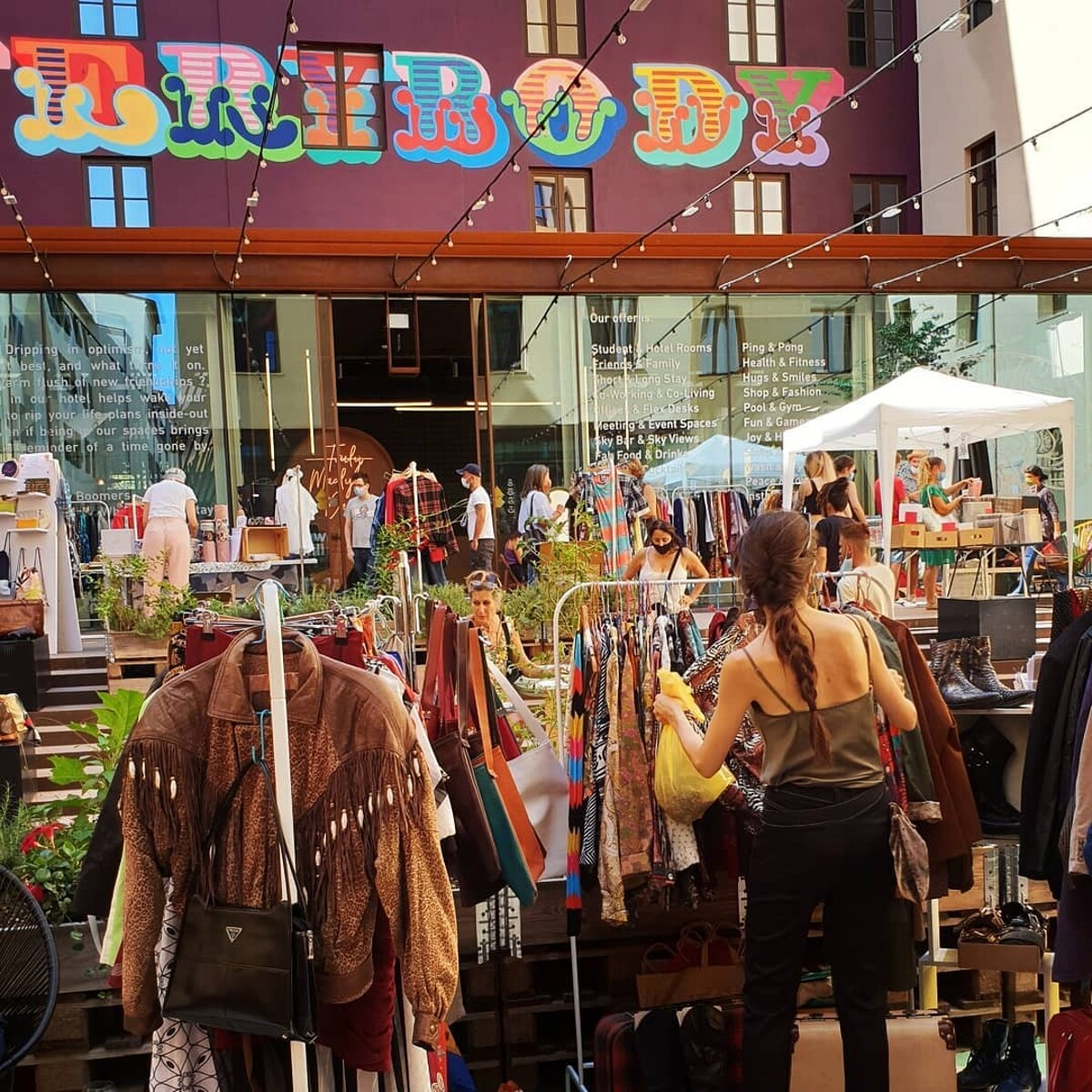
VINTAGE MARKET
A day dedicated to discovering unique items and clothing, carefully curated vintage pieces, as well as new brands, bags, handmade crafts, and jewelry.
When: Sunday, September 8 from 11:00am to 8:00pm
Where: Molo Firenze – Lungarno Cristoforo Colombo, 27
FREE
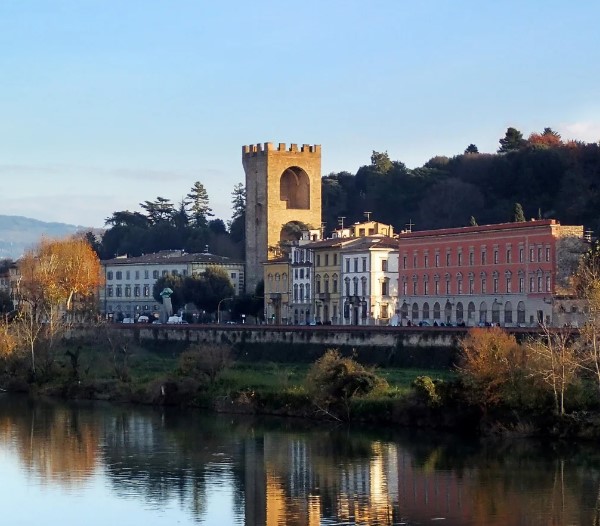
TOWERS, FORTRESSES AND GATES OPEN TO THE PUBLIC
The towers, fortresses and gates that populate Florence’s historical cityscape welcome visitors to explore the landmarks. Visitors can deepen their understanding of Florence by visiting Torre Della Zecca, Porta Romana, Forte di Belvedere, Baluardo San Giorgio, Fortezza di San Giovanni, Porta San Gallo and the walls of Florence.
For more information: https://musefirenze.it/en/torri-porte-e-fortezze-il-programma-delle-visite-2/
PRICE VARIES
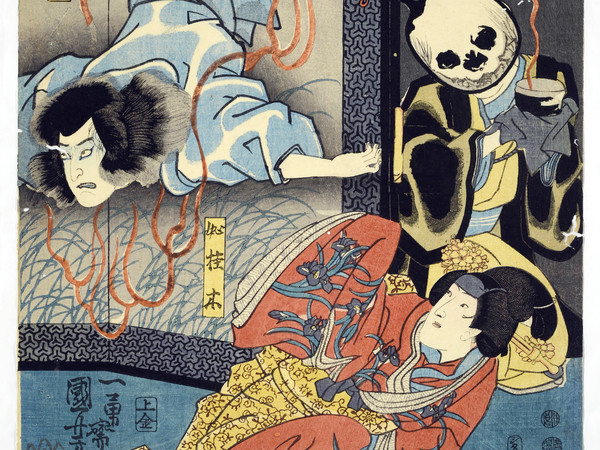
YOKAI
The exhibition is a fascinating and immersive look at a dark and often overlooked aspect of Japanese culture. It is sure to appeal to anyone interested in Japanese folklore & art.
When: Open Mon to Fri, 10:00am – 7:00pm & Weekends 11:00am – 8:00pm
Where: Museo degli Innocenti, Piazza Santissima Annunziata
Price: Tickets starting at €16.50
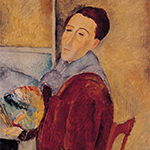
RITORNI. Da Modigliani a Morandi
The exhibition features Modigliani’s only self-portrait. Moreover, the exhibition displays 15 artworks from some of the greatest early 20th century Italian painters.
When: Open Mon to Sun (Closed Thu) 11:00am – 8:00pm
Where: Museo del Novecento, Piazza Santa Maria Novella
Price: Tickets starting at €4.50
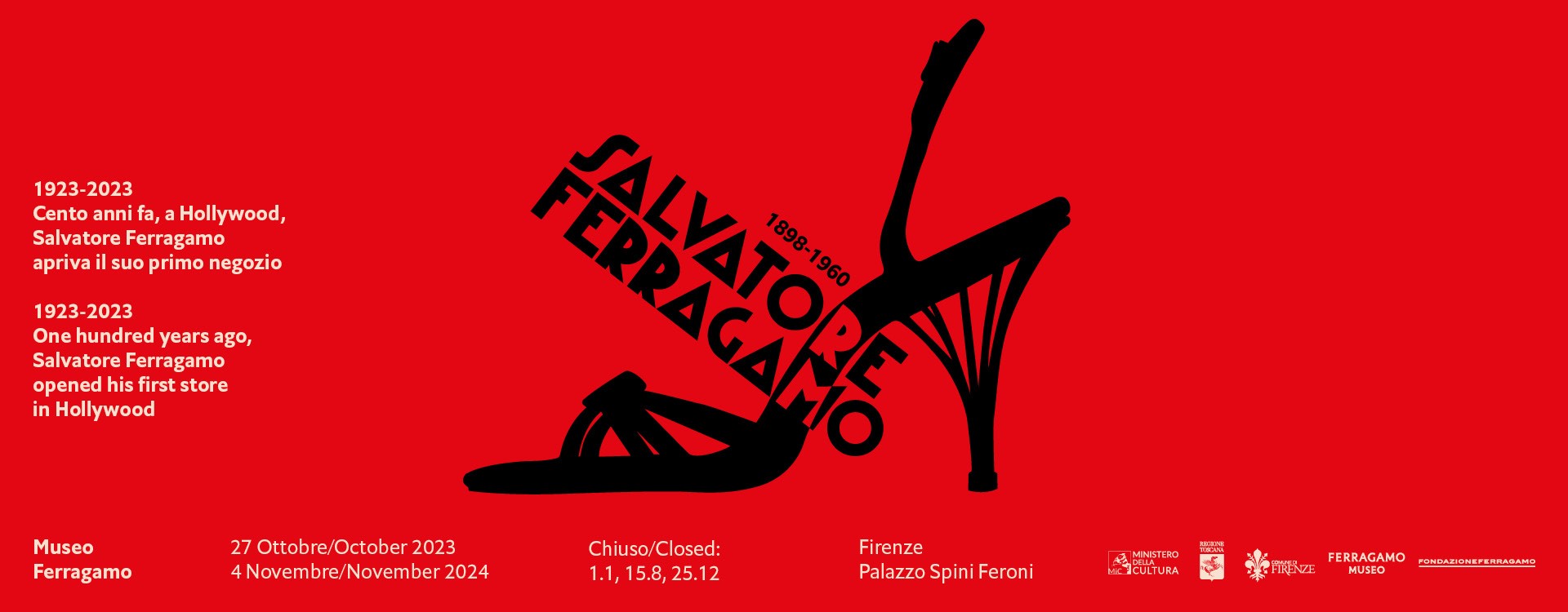
SALVATORE FERRAGAMO
The exhibition explores the life and crafts of the famous Italian designer. In particular, it pays homage to Ferragamo’s work in Holly-wood.
When: Open Everyday, 10:30am – 7:30pm
Where: Museo Ferragamo – Piazza S. Trinita, 5R
Price: Tickets starting at €4.50
STIBBERT MUSEUM

The museum contains over 36,000 artifacts, including a vast collection of armour from Eastern and Western civilizations. The villa, which was once Stibbert’s home, has 57 rooms that exhibit all of his collections from around the world. Most of the walls are covered in leather and tapestries and the rooms are filled with artifacts.
Paintings are displayed throughout every room, including still lifes and portraits. There is also valuable furniture, porcelains, Tuscan crucifixes, Etruscan artifacts, and an outfit worn by Napoleon I of France.
Open Mon to Wed 10:00am – 2:00pm;
Fri to Sun 10:00am – 6:00pm
Via Federigo Stibbert, 26
Tickets: €10,00
RIFICOLONA – SEPTEMBER 7

In Christian tradition, September 8 marks the Nativity of the Virgin Mary. Florence has a special tradition associated with this date: on the eve of the Nativity, the city celebrates “Festa della Rificolona”, Festival of Paper Laterns.
During the Renaissance, peasants and farmers from neighboring villages would travel into the city to celebrate, and to sell their produce at the Feast Day markets. In order to arrive on time to Mass, many would set off before sunrise, carrying lanterns to light the way before gathering in front of Santissima Annunziata Church. Today, “pilgrims” take part in a procession through the streets of Florence, carrying candle-lit paper lanterns and led by the Cardinal. This year’s parade begins at 8 pm from Piazza Santa Croce, winding its way through Piazza della Signoria, via Calzaiuoli, piazza del Duomo, and via dei Servi before ending in Piazza Santissima Annunziata.
There, city officials, along with the Archbishop of Florence, will give speeches followed by music, entertainment and celebration. Following the parade, starting from the Società Canottieri on Lungarno de’ Medici near Ponte Vecchio, boats will float down the Arno illuminated by paper lanterns starting at 9pm.
This tradition is beloved by Florentine adults and children alike, and it is not uncommon for families to make their own Rificolona lanterns together the day before the procession. Despite its Christian origins, many Florentines, especially families with children, enjoy Rificolona secularly, opting to gather in public parks in the evening.
SIENA

A historical rival of Florence, Siena is full of art and artisanal work, as well as being known world-wide for its Palio (horserace), that takes place in July and August. The city is divided into “contrade” to this day, each having a different symbol and colours. The city is charming and can be visited easily in a day.
Getting there: There are frequent regional trains from Florence SMN station to Siena throughout the day (about 1.5 hr ride + 1 mile by foot to the city center).
AREZZO
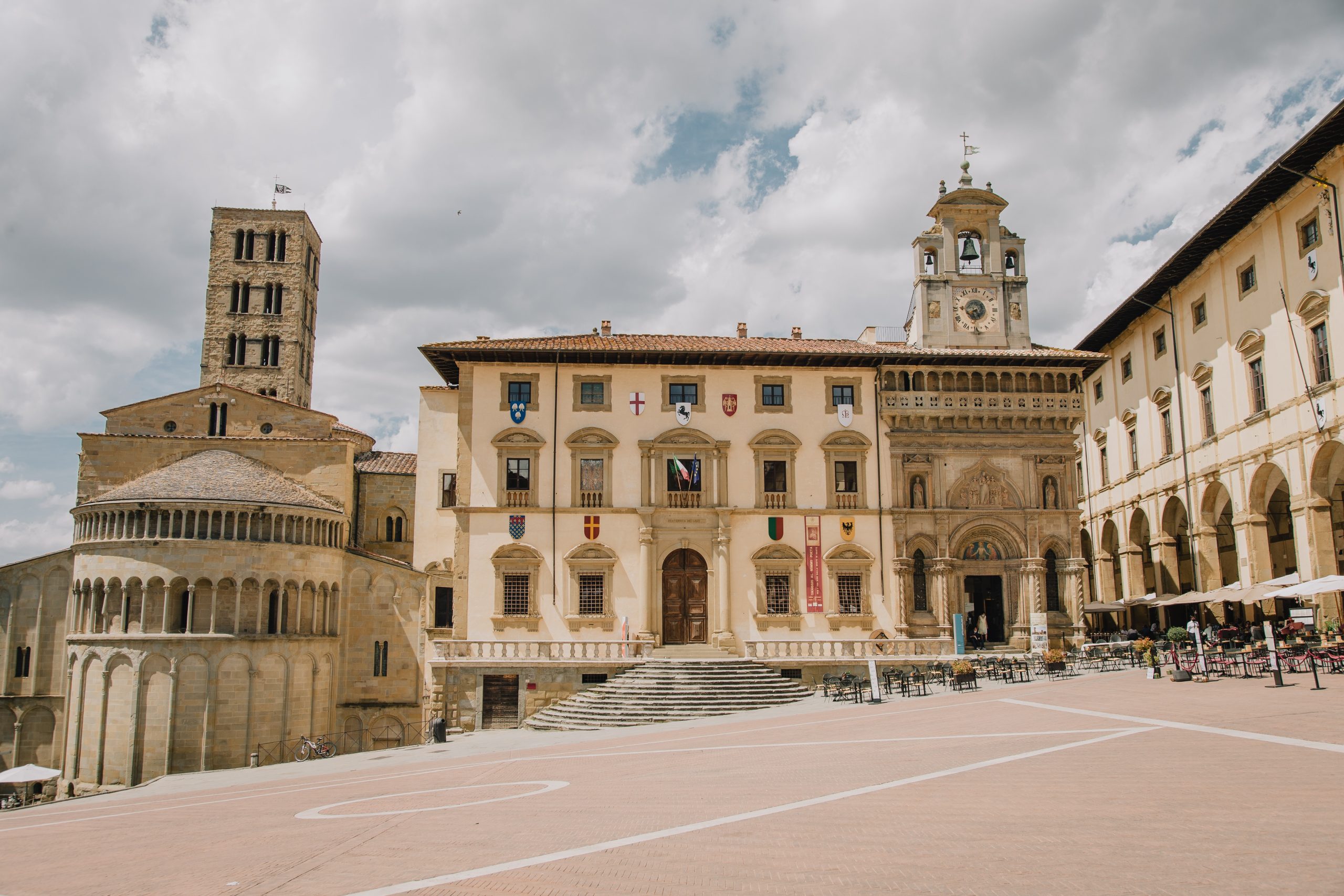
Arezzo, located 80km from Florence, isn’t a popular tourist destination, despite being one of the many gems in the Tuscan hills. The history, culture, and art, not to mention the beauty of its architecture and beautiful scenic views, make Arezzo one of Italy’s best-kept secrets!
Getting there: Take a Regionale Veloce (about 1hr) or Regionale train (about 1.5 hr) from Florence SMN station to Arezzo. There are many trains running throughout the day.
LUCCA
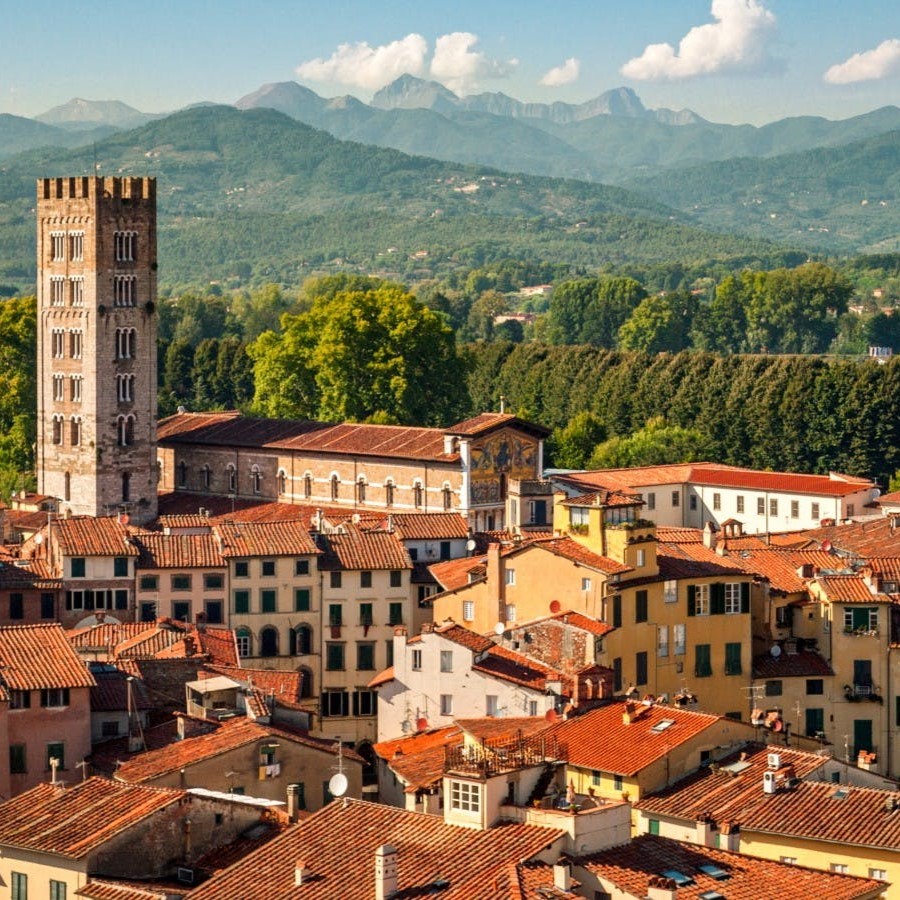
Lucca is a charming old city with a rich history, beautiful churches and Renais-sance-era city walls that are almost perfectly intact to this day. We suggest you take a stroll on the walls to have a great view of the city, as well as a visit to Torre Giunigi (Giunigi Tower) and the garden situated on the top. Inside the city you must see Piazza Anfiteatro, built on the ruins of the Roman amphitheatre.
Getting there:There are frequent regional trains from Florence SMN station to Lucca throughout the day (about 1.5 hr ride)
VIAREGGIO
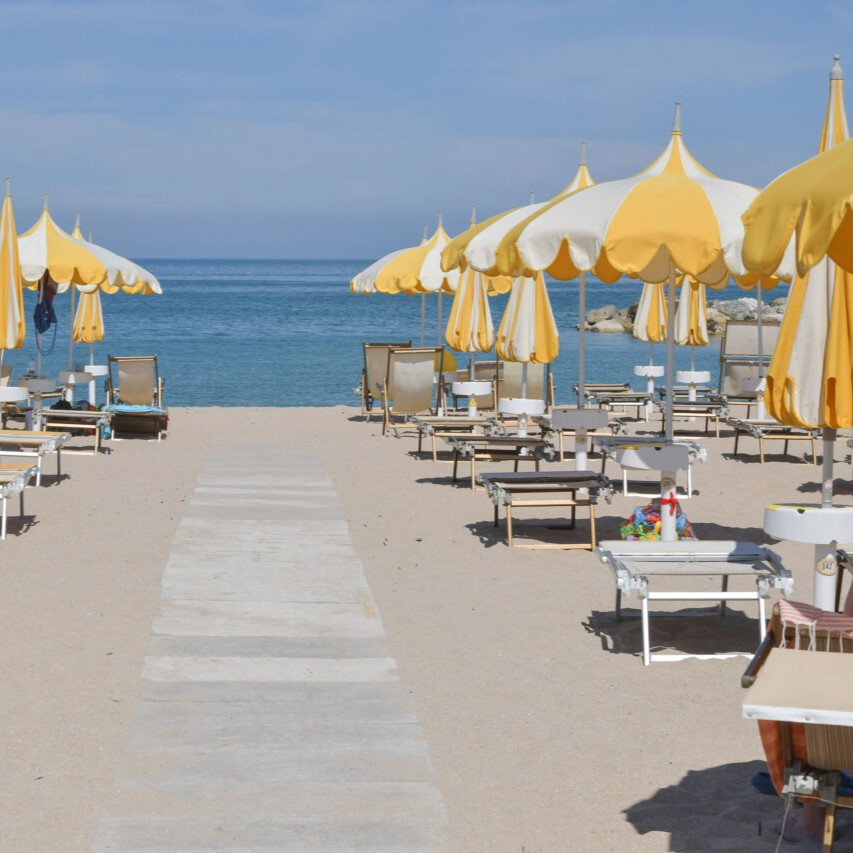
By far the easiest seaside location to reach, Viareggio offers sandy beaches equipped with everything you might need but also long stretches of so-called “free beach” where you can sunbathe without paying for a sun umbrella and deck chairs. Along the seafront you can find restaurants and shops to have a quick bite for lunch.
Getting there: Viareggio is easy to reach with frequent regional trains from Firenze S.M.N.
CASTIGLIONCELLO
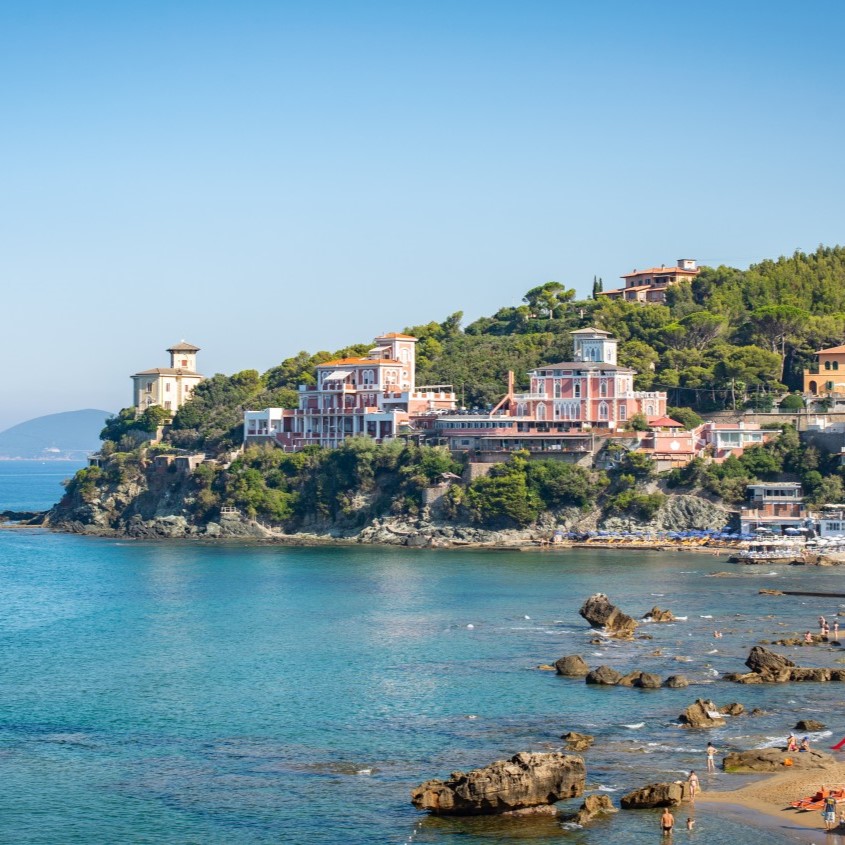
Castiglioncello is beloved both by Tuscans and tourists, it is easy to reach and offers beautiful beaches and a lively atmosphere. This seaside town has everything you need for a lovely day or weekend trip.
Getting there: Castiglioncello is easy to reach from Firenze S.M.N.: book the train on Trenitalia and with just one train change in Pisa you’ll be there in no time!
ELBA ISLAND
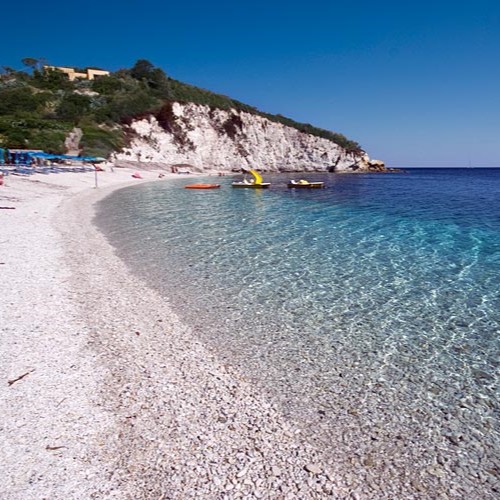
Nestled in the picturesque Tuscan Archipelago, the island offers an unforgettable experience. While the journey from Florence is a little longer than the other locations, it is well worth it as Elba offers some of the most beautiful sights in Tuscany, with clear water and white rocky beaches.
Getting there: Getting to Elba is not the easiest as you will need to get the train from Firenze S.M.N. to Piombino Marittima and then get the ferry, which will take you to the island.
There are many beautiful beaches all over the island that can be reached by bus. We recommend: Spiaggia delle Ghiaie, Spiaggia di Padulella, Spiaggia di Sansone, Marina di Campo, Spiaggia di Cavoli, Fetovaia, and Procchio.
PANZANELLA
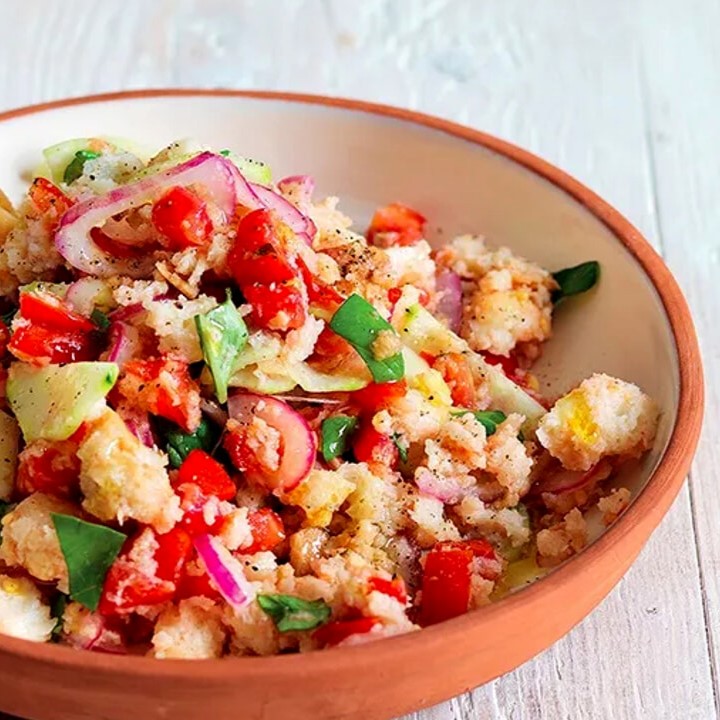
Panzanella is a salad of stale bread and vegetables, a traditional Tuscan dish particularly suitable for summer.
Recipe: 200 g stale white Tuscan bread (unsalted) – 1 cucumber 200 g coppery tomatoes – 1 Tropea onion 1 liter water – 40 g apple vinegar – Olive oil, basil, salt, and pepper.
To prepare the Panzanella, cut the bread into coarse pieces and place in a large bowl. Add water (some recipes also add vinegar at this stage), just enough to wet it and leave it to soak for 20-30 minutes. Meanwhile, peel the vegetables and cut the onion into slices, the cucumber and the tomato into chunks. Then, squeeze the bread well with your hands, it should not be too wet. Combine the tomatoes, cucumber and onion in a large salad bowl. Add the pieces of bread and the basil leaves, chopped with your hands. Season with plenty of oil, vinegar, salt and a sprinkle of pepper. Mix well and let the panzanella rest for a couple of hours before serving.
PANINO al LAMPREDOTTO
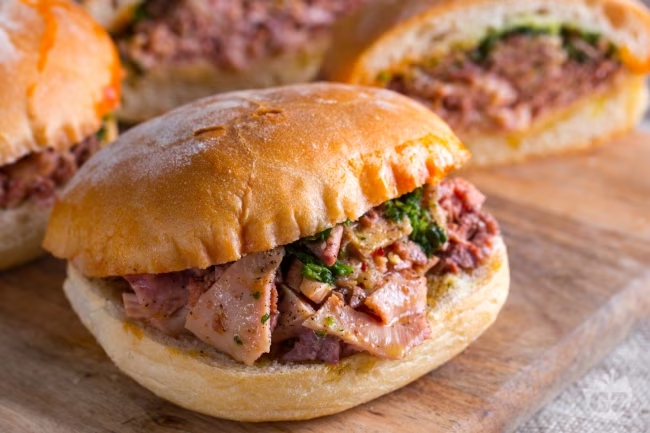
Lampredotto is considered the king of Florentine street food. Taking its name from the lamprey (a type of fish that once inhabited the Arno river), lampredotto is usually eaten with a type of bread called “rosetta” and can be served with just salt and pepper, with hot sauce or with “salsa verde”, a condiment that includes olive oil, parsley, capers, stale bread, and anchovies. The meat is boiled for hours in a broth made with carrots, celery, bay leaves, onions, garlic, pepper, and a few juniper berries: the more it cooks the better it tastes.
Despite taking its name from a fish, lampredotto comes from cows. More specifically, lampredotto is one of the four stomachs of the cow, the abomasum. Being part of the cow’s entrails, lampredotto has a particular consistency that not everyone likes, but we encourage you to try it!
Where to eat it:
Tripperia Pollini (Via dei Macci, 126); I’Trippaio di Firenze (Via Gioberti); Il Trippaio di Sant’Ambrogio (Piazza Lorenzo Ghiberti)
